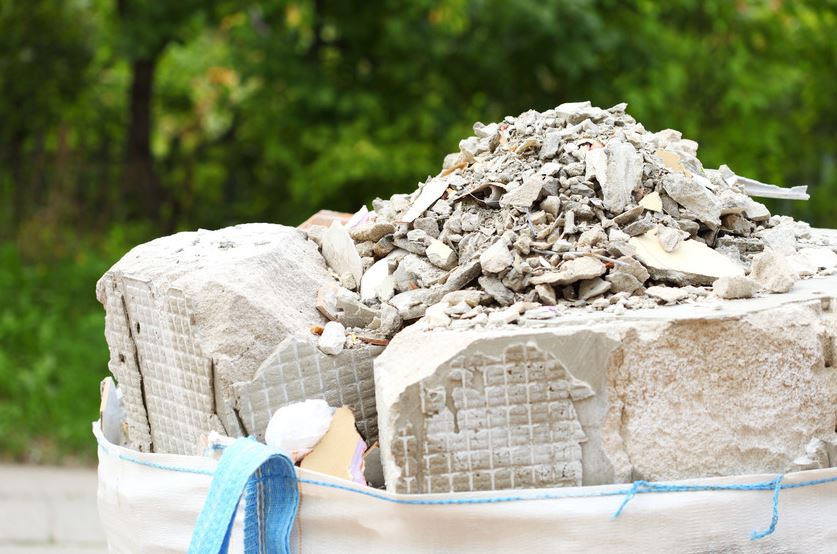High-quality road surfaces are vital to ensure road users enjoy a quick, safe and smooth journey. (After all, what’s worse than driving on a road full of potholes?)
The lifespan of a road will differ depending on the weather and volume of traffic it’s exposed to.
Some roads will need resurfacing every 10-13 years to remain safe. But a bitumen road in a low-traffic area can last 20 years. And a sealed road surface can last an average of 25 years.
Regular road maintenance is necessary to maximise a road’s life span and keep it in good working order. This ensures the road is safe to use and that minor problems don’t grow into more significant ones.
The long-term condition of a road surface is determined by many factors. The most common of these are as follows.
Rainwater can take off the top layer of road surface, permeate the tarmac and make its way into further layers. If water permeates, it will then create further damage.
When temperatures fall, the water will expand as it turns into ice. This puts more pressure on the surrounding surface, creating fault lines and other points of weakness.
The water will also shrink in warmer temperatures. The constant pressure of expansion and contraction will make the existing damage worse. And if it isn’t addressed with resurfacing or maintenance, the cracks will become bigger and bigger until the road is unsafe to drive on.
The repeated pressures from the tyres of cars and heavy lorries will eventually cause indents. If left unaddressed, these can then turn into potholes.
Filling a small hole with gravel won’t solve the problem. Poor quality repairs can do more harm than good, and won’t stop potholes from developing in the road surface.
When roads are uneven, damaged or full or potholes, they’re dangerous for all road users, including drivers, cyclists and pedestrians.
It’s not always possible to avoid a pothole. And if you accidentally drive over one, it can damage your tyres and harm your suspension.
For cyclists, potholes are even more of a concern. A pothole could see them flying over their handlebars into oncoming traffic.
For pedestrians, potholes are a major trip hazard. If someone falls when crossing the road, they may not be able to cross in time. And if a car is coming, it could lead to a serious accident.
But by resurfacing a road with minor damage long before potholes form, you can ensure that the issue doesn’t get out of hand. Not only is this much cheaper than repairing major damage, but it also lets you improve road safety.
Over time, the constant wear of traffic reduces the grip of a road surface. This increases stopping distance, which can mean the difference between a lucky escape and a serious accident.
Quality road surfacing helps restore skid resistance, making it less likely that a vehicle will lose control. It also shortens stopping distance in emergencies.
Wherever you’re driving or cycling, the roads should ideally be in good condition so you don’t run into any unexpected danger.
A smooth surface also makes for a much calmer, quieter journey, as your car won’t be rattling and bumping over uneven surfacing.
Smoother roads can also have a positive effect on fuel consumption. They help vehicles glide across the road, instead of needing extra gas to get moving.
When a road surface is damaged, drivers and cyclists need to move along it much more slowly to protect their vehicle. If they don’t, it could cause an accident or breakdown that blocks the road completely.
In severe cases, either one of these can cause congestion that can spread out even to well-maintained areas. As a result, the damaged surface becomes a source of serious hassle and disruption among the local community.
Timely road surfacing ensures a smooth flow of traffic that supports the wellbeing of road users and residents.
Well-surfaced roads look smooth and well maintained. Roads that are uneven and damaged look unsightly, and gain a reputation for their poor maintenance.
Whether it’s on a main road, residential street or outside commercial shops, the area can become unpleasant for road users and look unkempt when damage isn’t fixed. The damage begins to reflect the whole area, as the implication seems that no one cares enough to fix the problem.
This can also impact the local economy. After all, neither businesses nor families want to purchase properties in rundown areas. By investing in road surfacing before things get worse, you can ensure the long-term prosperity of your local area.
Fully replacing damaged road surfaces can be extremely expensive. And it can cause serious disruptions to local residents and road users.
In contrast, minor road surfacing is a very quick process. This also means it doesn’t cost much in materials and labour.
By contacting a trusted road surface contractor as soon as you spot minor damage, you can save a great deal of money and avoid major roadworks. This allows you to better allocate your budget and time to manage your greater priorities.
From our headquarters on the Oxford-Berkshire border, Hazell & Jefferies Ltd provides surface dressing, surface sealing and road planing services throughout the UK. We’ve spent 50 years developing a reputation for high-quality service. And now we want to bring that experience to your project.
Contact us today to arrange road surface maintenance and repairs that keeps road users in your area safe from harm.
